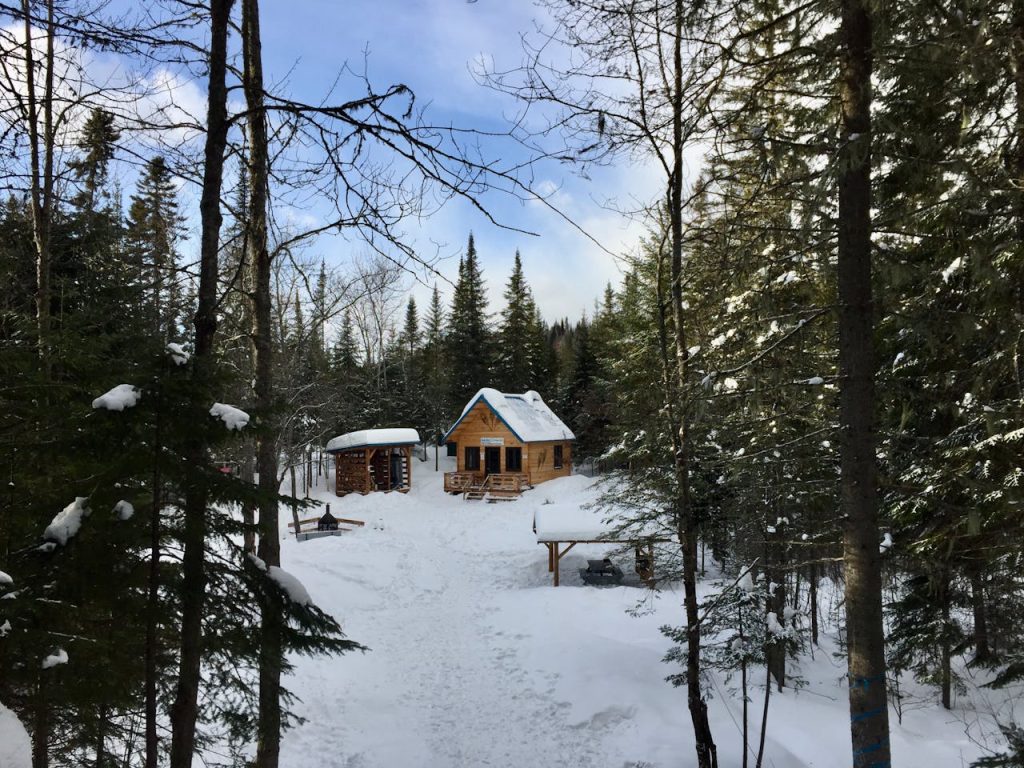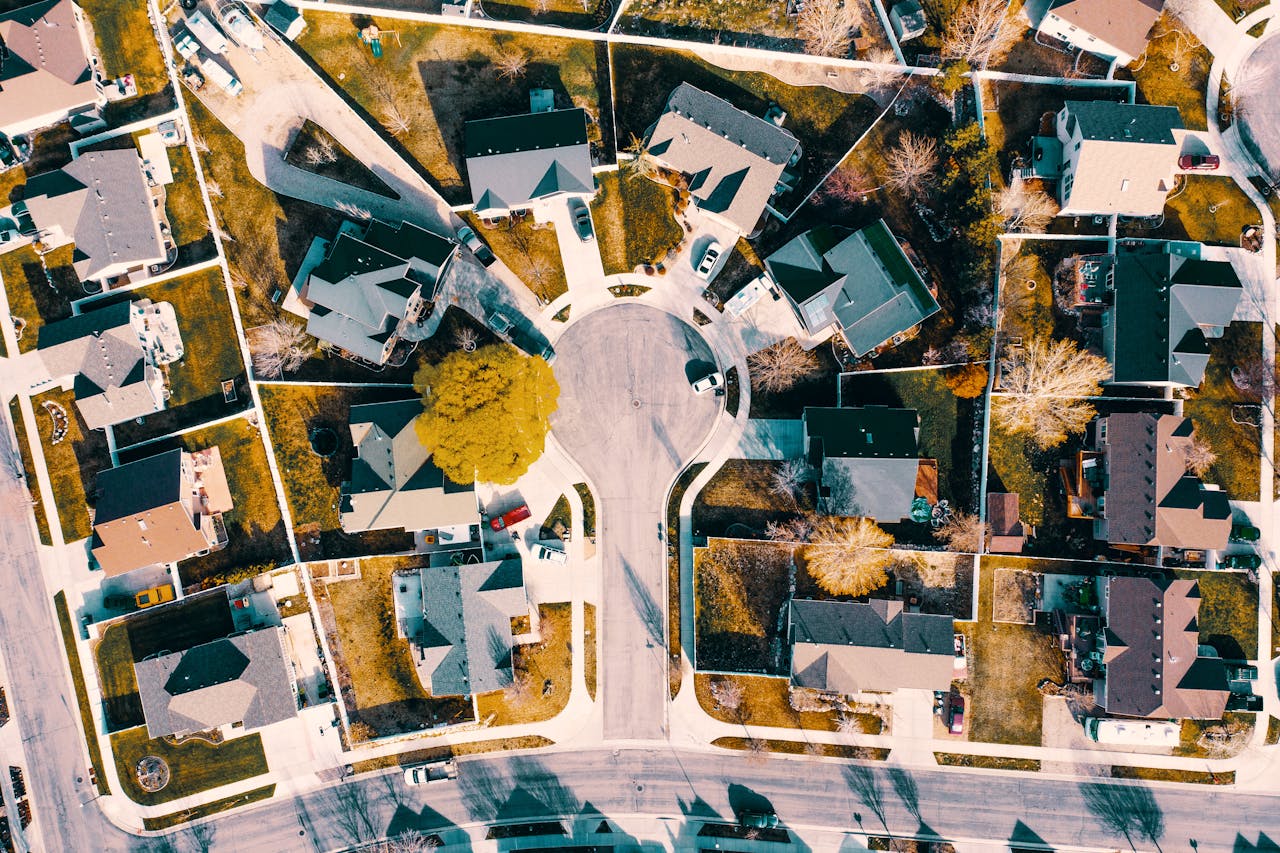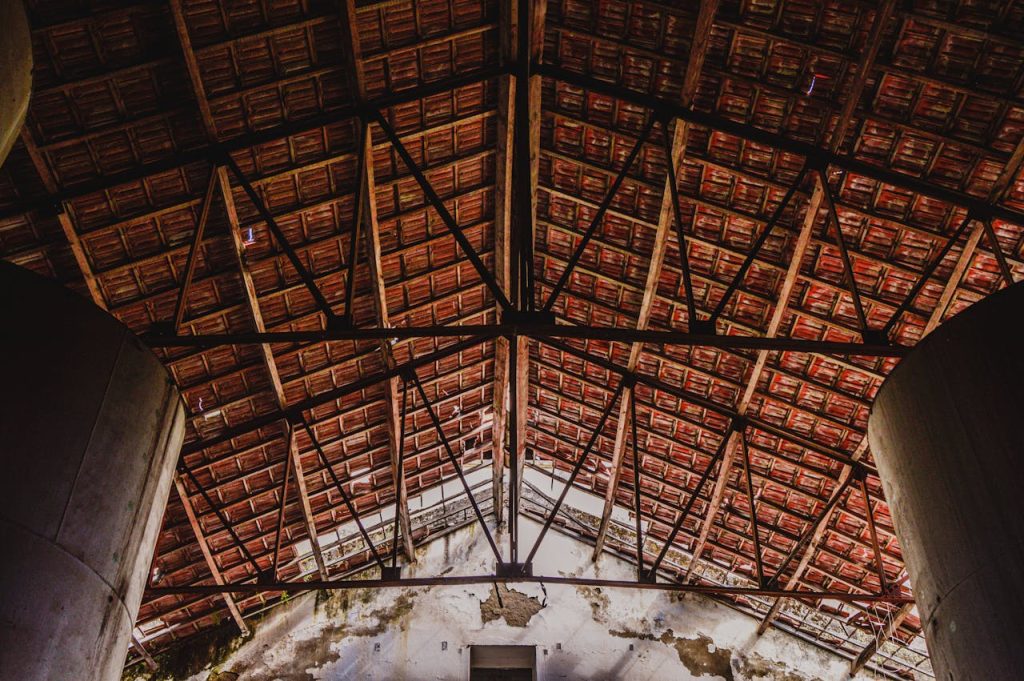Buying a home can be thrilling, but you also must approach this process with a critical eye. Viewing potential homes isn’t just about falling in love with a place. It’s necessary to be vigilant and identify any issues that could become costly or problematic in the future. Let us go over the key red flags to look out for when you’re on the hunt for your new home.
The Most Typical Red Flags to Watch for When Viewing Potential Homes
Unexpected or Poor Maintenance
When viewing potential homes, the first thing to notice is the general upkeep. Does the property show signs of neglect, such as peeling paint, unkempt lawns, or a cluttered interior? These can be indicators of deeper, possibly structural issues. A home that has been well-maintained usually has owners who pay attention to the small details and are more likely to have kept up with major repairs, too. You should also look f or DIY fixes, as these can sometimes hide more significant problems. Inquiring about maintenance records or improvements can offer insights into how the property has been cared for over the years.
Cracks and Uneven Floors
The foundation of a house is fundamental. While small cracks might be cosmetic, large gaps or uneven floors can signal significant foundation problems. Look out for doors and windows that stick or won’t close properly – these can be signs of shifting or settling in the foundation, which can be a costly problem to fix. In addition, observe the exterior walls for any bulges or leaning, as these can further indicate foundational issues. It’s a good idea to consult with a structural engineer if you have concerns, as they can provide a detailed assessment.

Plumbing and Water Damage
Don’t shy away from checking under sinks, around toilets, and in basements for any signs of water damage or mold. Stains on ceilings and walls can also indicate leaks. Persistent moisture issues damage the house and lead to health problems due to mold growth. Also, be alert for any musty odors or signs of recent paint or patch jobs, which might be used to conceal water damage. Inquiring about the age and condition of the plumbing system, including pipes and drains, can provide additional context on potential issues.
Outdated Wiring
An outdated electrical system can be a serious fire hazard. Look for signs like old fuse boxes, flickering lights, or an insufficient number of outlets that might suggest the system needs an overhaul. Upgrading an electrical system can be expensive and is a key consideration when viewing potential homes. Also, observe the condition of visible wiring and ask if there have been any recent electrical inspections. This can help you understand the extent of any needed updates and the potential costs involved.
Inefficient Heating and Cooling Systems
Heating and cooling systems that are outdated or in disrepair can lead to high utility bills and discomfort in extreme temperatures. When you’re viewing the home, be sure to ask about the age of the HVAC system and watch for inefficient temperature control. It’s also advisable to check for any unusual noises or smells from these systems, as these can be indicators of malfunctions or inefficiencies. The presence of portable heaters or fans might also suggest that the existing systems are inadequate for the home.
Poor Insulation and Window Issues
Good insulation and well-sealed windows are crucial for maintaining temperature and reducing noise. If you feel drafts near windows or notice a lot of street noise, the house may have poor insulation, which can be an expensive problem to correct. Checking the attic for proper insulation and looking for any condensation between window panes can offer further clues about the home’s energy efficiency. In older homes, it’s particularly important to assess these aspects, as upgrading insulation and windows can be a significant investment.
Roof Condition
A damaged or aging roof can lead to leaks and costly repairs. Look for missing or loose shingles, signs of water damage on ceilings, or sagging rooflines. Asking about the age of the roof and when it was last replaced can provide valuable insights. Also, check for moss or algae growth, as these can indicate long-standing moisture issues. It’s also wise to inquire about insulation and ventilation in the attic, as poor roof ventilation can lead to increased energy costs and moisture problems.
Pests and Infestations
Signs of pest infestations, like termite damage, rodent droppings, or a heavy presence of insects, should be a significant concern. These issues can lead to structural damage and health problems, and eradicating pests can be challenging. Look for signs of nesting and damage to wood structures, and listen for noises in the walls. It’s also a good idea to ask if there have been previous treatments for pests or ongoing issues, as recurrent problems may indicate a more serious infestation.
Neighborhood and Location
Don’t just focus on the house; look at the neighborhood too. Factors like high crime rates, poor school districts, or being in a flood zone can affect your quality of life and the home’s resale value. It’s also helpful to assess the area’s overall ambiance, including noise levels, traffic patterns, and proximity to amenities like parks, shopping centers, and public transportation. Checking local zoning laws and future development plans can give you a sense of any upcoming changes that might impact the neighborhood.
Regional Considerations
When viewing potential homes, consider the regional challenges and benefits. Let’s say you’re moving to Quebec from Ontario and hiring movers; settling down in Quebec presents a unique set of considerations. The climate, language, and local regulations in Quebec might differ significantly from what you’re used to in Ontario. Understanding these regional nuances is wise to ensure a smooth transition to your new home.
For example, Quebec’s winter conditions can impact a home’s maintenance needs, especially for heating and insulation. Understanding these local aspects is vital, and it’s a good idea to consult with local experts or real estate professionals who are familiar with these regional specifics. This will help you find the right home and make informed decisions about the moving process, such as choosing the right time of year to move and selecting a moving company experienced with transitions between these provinces.

Making an Informed Decision
Viewing potential homes is an exciting process, but you must keep a watchful eye for these red flags. It’s not just about finding a house that looks good, but you also want to make certain it’s a safe, sound investment. Taking the time to thoroughly inspect and question each potential home will pay off in the long run, helping you find not just a house but a home that is truly right for you.




